Meeting UK Green Building Standards: How Shading Solutions deliver Energy Efficiency and Comfort
The UK’s 2050 net zero carbon emissions target requires a fundamental change in how we design, build and operate the built environment. Creating a sustainable built environment is no longer a new idea but a necessity, driven by climate change and reducing greenhouse gas emissions as part of global action on climate. The construction sector and building operations have a big impact and we need to address it. Buildings are big energy consumers and with the climate crisis and overheating concerns, creating high performance, comfortable and energy efficient spaces is key for new build and retrofitting existing buildings. High performance external solar shading is part of the solution, a critical passive strategy for achieving sustainable development goals.
At James Robertshaw, with over 160 years of expertise, we provide expertly manufactured solar shading solutions engineered specifically to help architects, developers, and building owners meet stringent UK green building standards. Our systems are not just about aesthetics; they are technical tools designed to deliver measurable improvements in energy efficiency and indoor environmental quality (IEQ), making a positive impact on both the planet and human health. Effective environmental design considers these factors throughout the project.
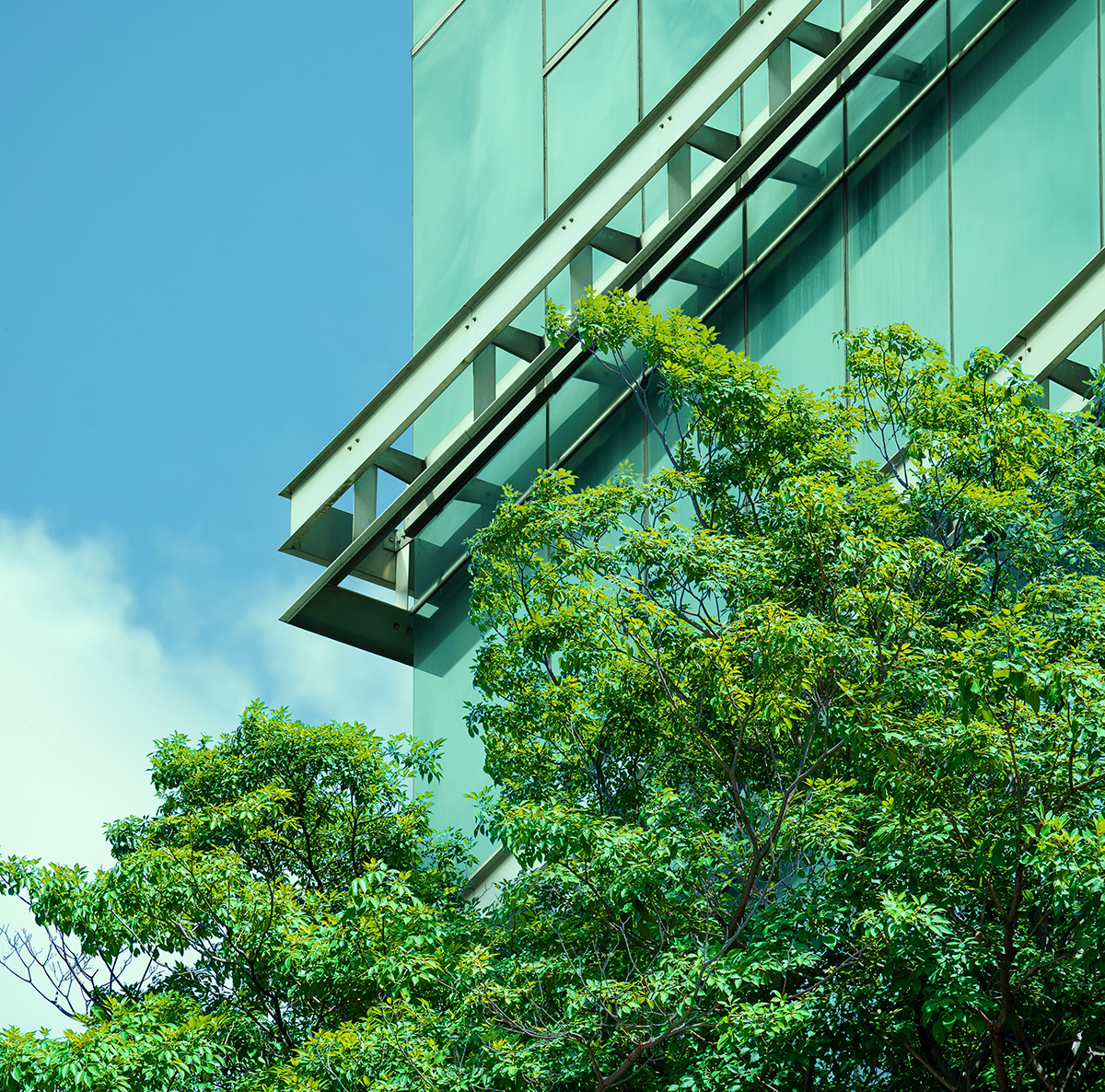
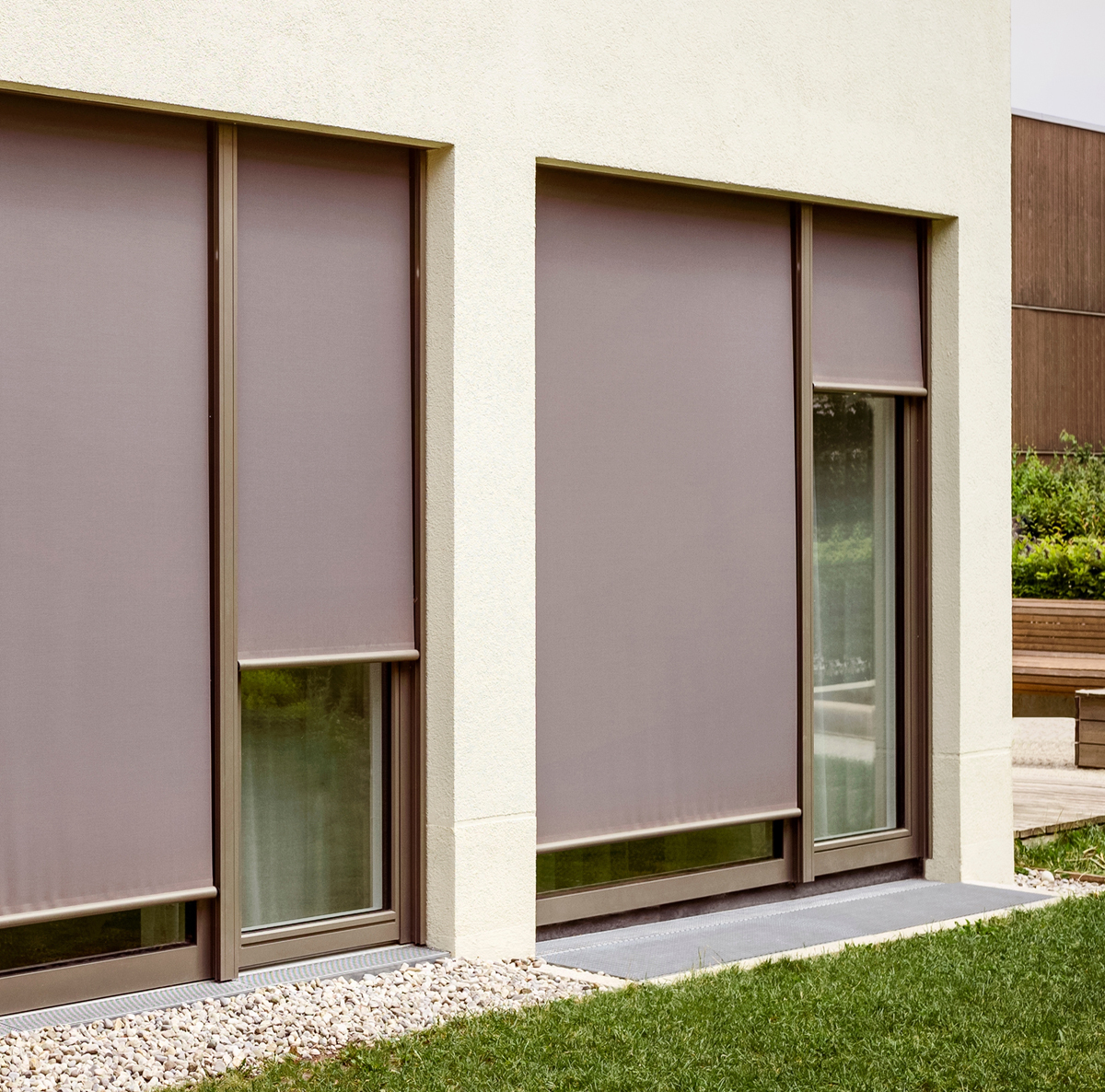
This guide explores how our advanced solar shading solutions, as part of effective energy and environmental design:
- Deliver significant energy savings by tackling solar heat gain effectively, helping to reduce energy consumption.
- Enhance Indoor Environmental Quality (IEQ) for occupant well being and productivity.
- Facilitate compliance with critical UK regulations like Part O (Overheating).
- Contribute towards achieving credits in green building rating systems like BREEAM.
- Offer powerful solutions for retrofitting existing structures for a sustainable future, promoting better resource use.
The UK Sustainable Building Challenge: Performance Beyond Principles
Meeting the UK's ambitious net zero targets requires more than just good intentions; it demands measurable improvements in building environmental performance. The focus within sustainable construction is shifting towards quantifiable results in operational energy reduction, tackling the increasing risk of overheating (a key factor in IEQ), enhancing occupants health, and considering the entire building's life cycle through Whole Life Carbon assessments, promoted by bodies like the UK Green Building Council (UKGBC). Within this landscape, passive environmental design strategies are rightly prioritised. Effective solar shading, particularly external systems, stands out as a fundamental tool for controlling energy flows and maintaining comfortable, usable indoor spaces while minimising reliance on finite natural resources and other resources. This approach supports environmental sustainability across the built environment.
Maximising Energy Efficiency with External Solar Shading
The most effective way to manage unwanted solar heat gain is to stop it before it penetrates the building envelope, making a significant impact on energy consumption. This is where our external solar shading solutions excel, offering clear advantages over internal treatments alone for improving energy efficiency.
- Superior Heat Gain Prevention: Our external blinds and awnings act as a first line of defence, intercepting solar radiation outside the glass. This dramatically reduces the amount of heat entering the building, directly lowering the energy required for air conditioning. Research highlights the potential: modelling for the BBSA (British Blind & Shutter Association) indicated external systems could cut HVAC energy consumption by over 40%, while other studies point to cooling energy savings potentially ranging from 23% to as high as 89% depending on the system and context.
- Year-Round Contribution: The advantages aren't limited to summer. During colder months, our shading systems, when closed (especially internal blinds or shutters at night), create an additional insulating layer. This reduces heat loss through windows – often a thermal weak point. Research conducted for the BBSA at the University of Salford's Energy House labs demonstrated that various blind and shutter types could cut heat loss through modern double glazing by up to 33%. This contributes to making the building more energy efficient throughout its life cycle.
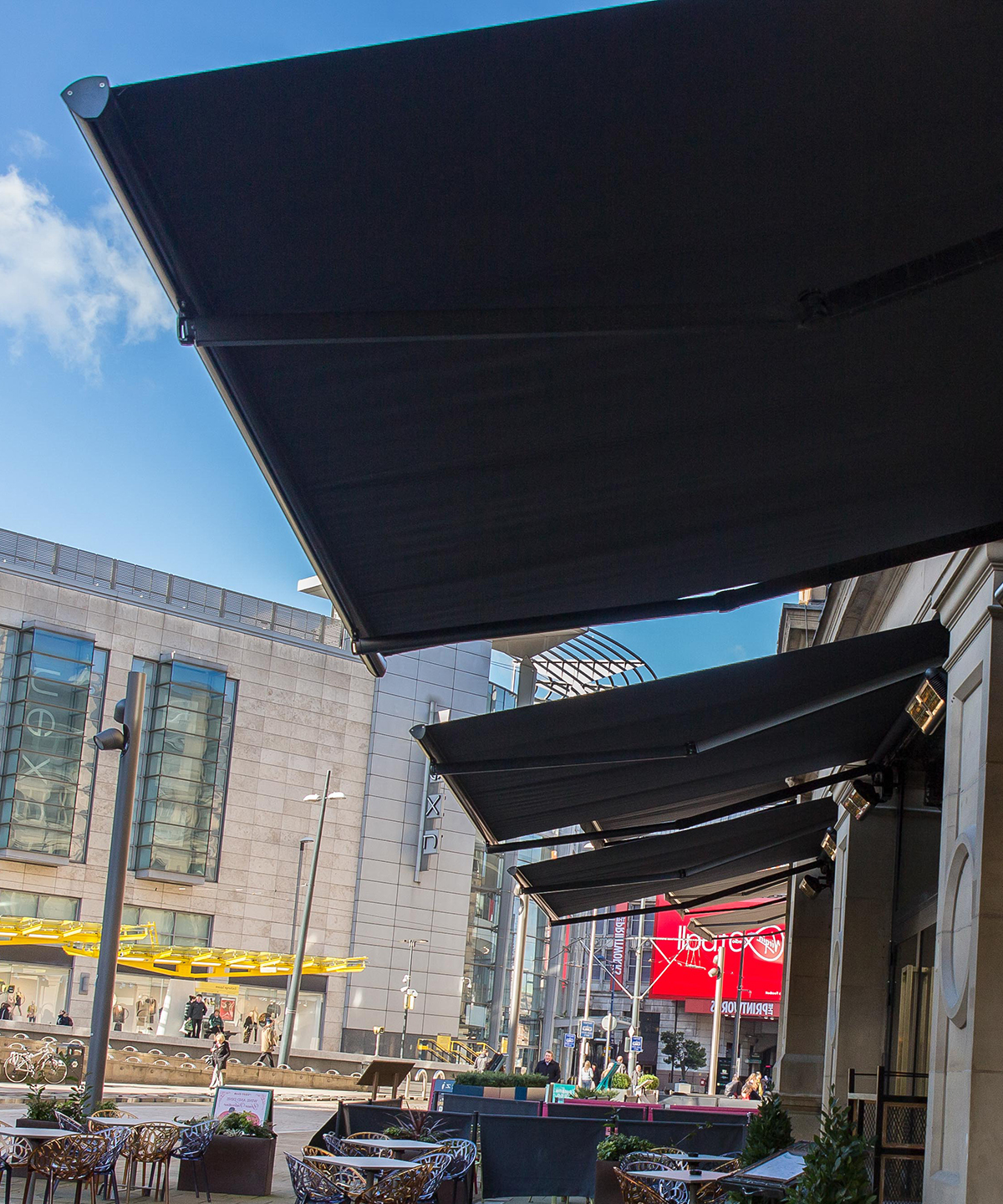
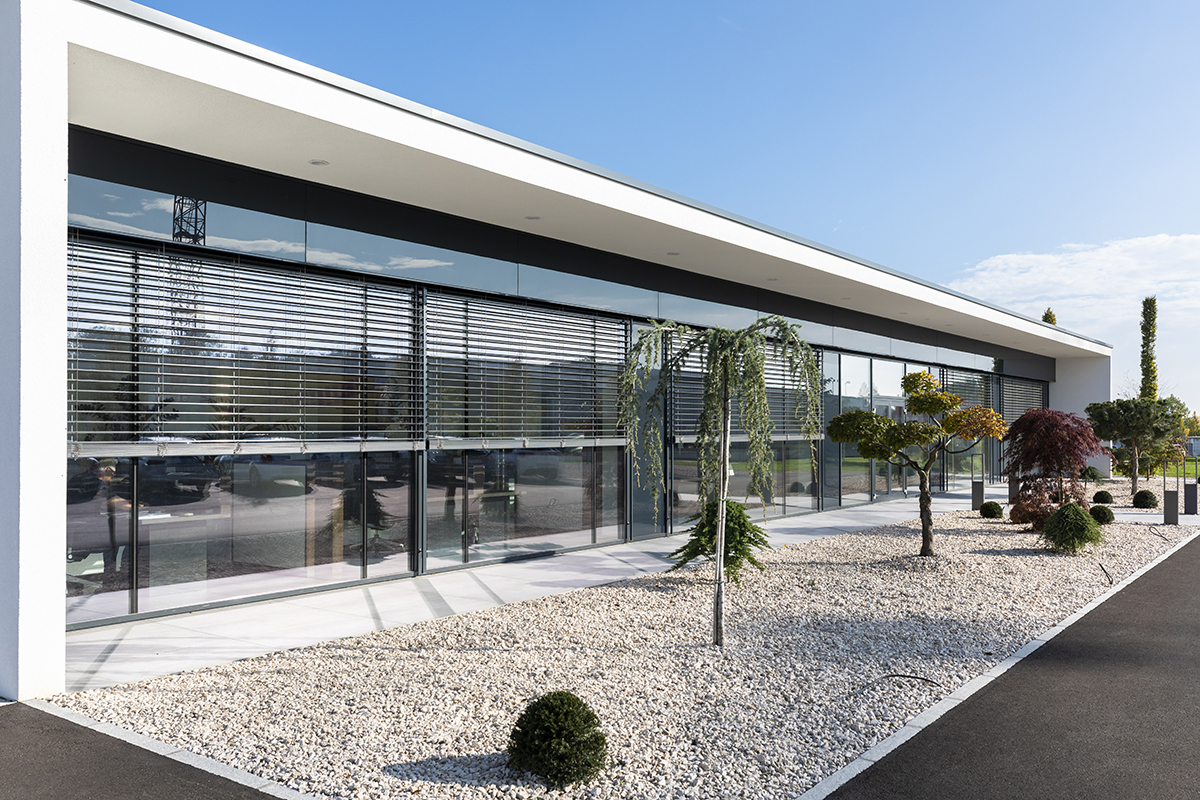
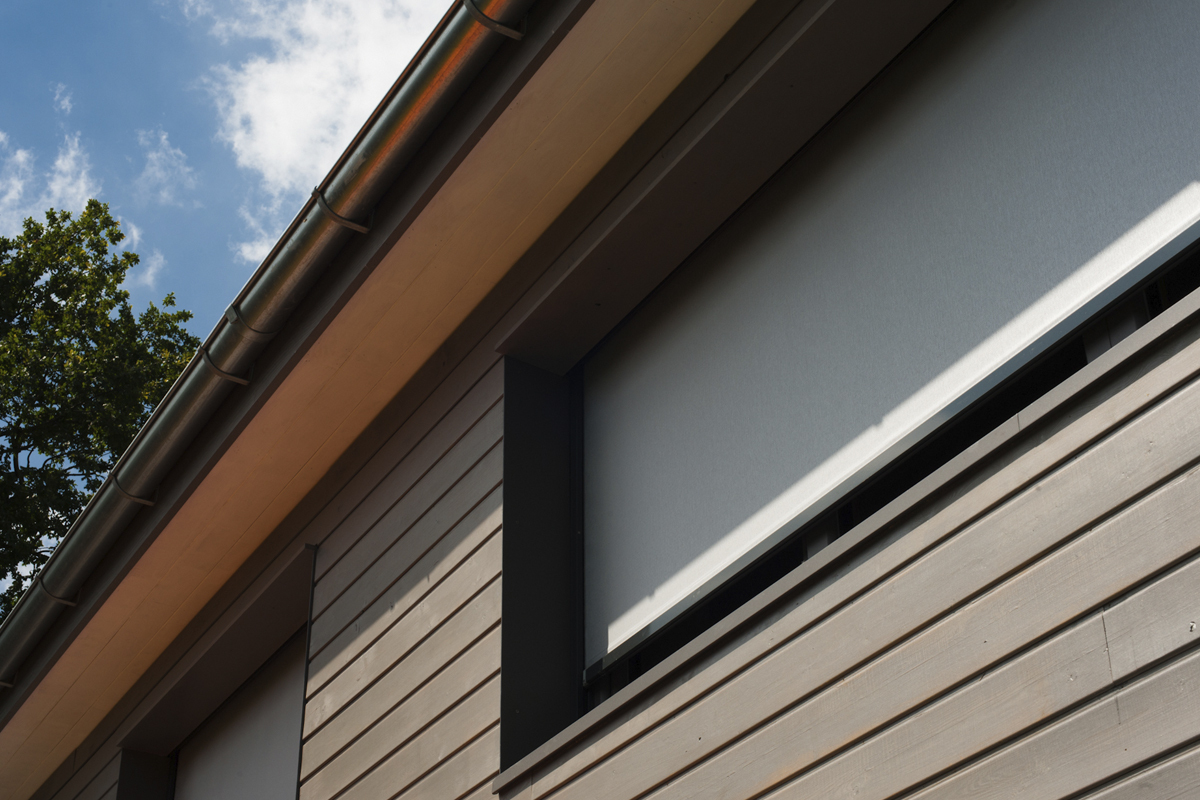
Optimising Shading Performance Through Automation
To unlock the full energy-saving and comfort potential of solar shading, intelligent control is key part of modern sustainable technologies. While manual operation offers basic control, it often falls short of achieving optimal environmental performance throughout the day and across seasons.
- The Automated Advantage: Automated systems react dynamically to changing conditions – deploying shading during peak sun to prevent heat gain, retracting it to allow beneficial passive heating in winter, or adjusting slat angles to control glare while maximising natural lighting. Studies, such as those conducted by BRE for Somfy, consistently show that automated systems outperform manual ones in delivering real-world energy savings and comfort improvements. These sustainable technologies are vital for modern green building practices.
- Our Smart Solutions: We offer advanced automation options for our shading systems, including motorised electric operation and integration capabilities with smart home technology and Building Management Systems (BMS). This allows for optimised performance based on timers, sun sensors, temperature inputs, or integration into whole-building control strategies, ensuring maximum energy efficiency and user convenience as part of a holistic building design aimed at sustainability.
How to Use Passive Energy and Environmental Design to Improve Indoor Environmental Quality (IEQ)
Sustainable building practices prioritize human health, comfort, and productivity, making Indoor Environmental Quality (IEQ) central to success. Our solar shading solutions make significant contributions:
- Tackling Overheating: Overheating is a major concern in UK commercial buildings and homes, impacting well being, productivity, and even public health. By effectively reducing solar heat gain, our shading systems directly combat this issue, leading to more stable and comfortable indoor temperatures, particularly during warmer months, helping buildings adapt to climate change.
- Mastering Visual Comfort: Direct sunlight causes glare, hindering tasks and causing discomfort. Our controllable systems (like external venetian blinds or adjustable awnings) allow precise management of incoming light, blocking glare while maximising usable daylight and maintaining essential views out – key components of visual comfort recognised in green building standards like BREEAM. Good natural lighting reduces the need for artificial sources. Maintaining good air quality through appropriate ventilation strategies complements the thermal and visual comfort provided by shading, contributing positively to overall indoor air quality.
- The Comfort-Energy Link: Importantly, enhancing IEQ often directly supports energy efficiency goals. Preventing overheating reduces cooling demand, and maximising usable daylight minimises reliance on artificial lighting, reducing overall energy consumption and promoting occupants health.
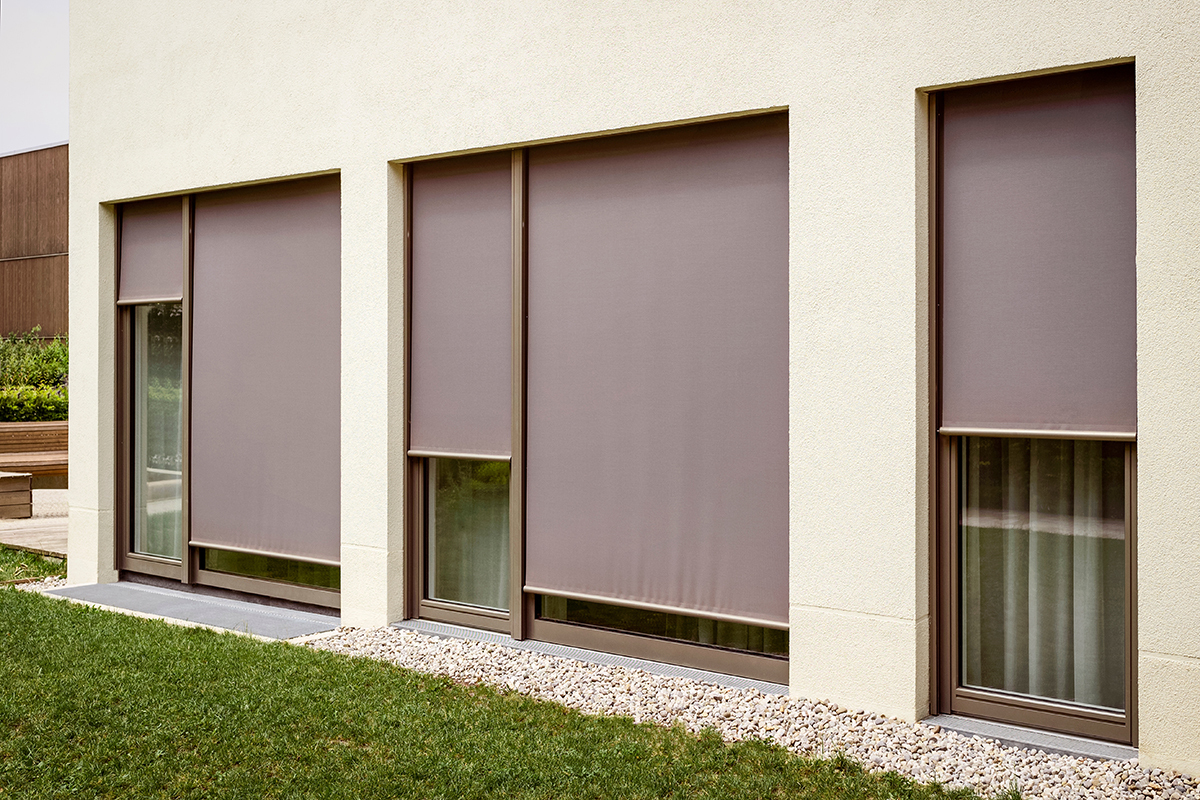
Meeting UK Standards: Part O and BREEAM Integration in a Built Environment
Navigating building regulations and achieving recognition through established rating systems is crucial for demonstrating sustainability performance in construction projects. Our external solar shading solutions are designed to facilitate compliance and certification with key UK requirements, supporting sustainable development goals set by local governments and national bodies:
- Part O (Overheating) Compliance: England's Approved Document O mandates measures to limit solar gain in new residential buildings. External shading (shutters, external blinds) is explicitly recognised as a primary means of compliance, especially in designated 'high risk' locations. Our external blinds and potentially other systems offer a direct pathway to meeting these requirements, effectively making high-performance external shading a design essential for many projects targeting energy and environmental design excellence.
- Achieving BREEAM Credits: Our solar shading systems can significantly contribute to gaining credits under the BREEAM assessment method, a widely recognised UK standard for sustainable building, sometimes compared to international systems like Green Star or LEED certification. Key contributions include:
- Hea 01 Visual Comfort: By providing effective glare control and facilitating usable daylight.
- Hea 04 Thermal Comfort: By mitigating overheating risk through solar gain reduction.
- Ene 01 Reduction of Energy Use: By directly lowering cooling (and potentially heating) energy consumption, thus reducing carbon emissions.
- Ene 04 Low Carbon Design: By incorporating fundamental passive design strategies to reduce environmental impact.
The ability of our shading to positively impact multiple BREEAM categories makes it a highly efficient strategy for projects targeting certification and demonstrating superior environmental performance.
Retrofitting the Future: Enhancing Existing Buildings to Reduce Environmental Impacts of New Buildings
While new construction is vital, the UK's commitment to net zero hinges on upgrading the vast majority of existing buildings. Retrofitting is a major national priority identified by organisations like the UK Green Building Council (UKGBC). Improving existing structures is essential for climate action.
- Effective Retrofit Solutions: Our solar shading offers a practical, often cost-effective, and less disruptive way to significantly improve the performance of existing buildings compared to deeper fabric interventions. This makes it an attractive option for improving environmental sustainability.
- Targeted Improvements: Retrofitting our external shading can drastically reduce summer heat gain, potentially avoiding the need for air conditioning installation. Adding internal systems can provide valuable winter insulation for older windows. It's also crucial for managing overheating risks that can arise when adding insulation, ensuring comfort isn't compromised.
These improvements contribute positively to energy efficiency and can enhance a building's value, supporting the goals of sustainable development. Considerations like responsible use of raw materials and promoting a circular economy are increasingly important throughout the supply chain for both new and retrofit construction projects.
Functional Shading Solutions for Sustainable Development
Shading products are effective tools for reducing environmental impact. They can help control heat gain, improve occupant comfort, and integrate with a wide range of architectural styles. Let’s look at some examples of James Robertshaw products and how each can be part of a sustainable strategy.
| Product Name | Description | How It Supports Sustainability |
| Eliminate® Roller Blinds | A premium interior blind system with robust hardware and fabric varieties | Reduces solar gain through windows, allowing you to regulate indoor temperatures without extensive cooling |
| Skylight Blind | A motorized blind specifically designed for overhead glazing and skylights | Prevents overheating in spaces with abundant natural lighting, thus trimming cooling loads and boosting comfort |
| Exterior Venetian Blinds | Adjustable horizontal slats for the building exterior | Blocks intense sunlight before it reaches the glass, reducing indoor heat buildup and slashing reliance on air conditioning |
| Exterior Roller Blinds | Customizable roller blinds for external windows and facades | Provides a high-performance barrier against direct sun rays while preserving outdoor views when desired |
| Patio Awnings Series | A flexible, retractable awning system ideal for doors, patios, and retail fronts | Creates shade in outdoor or semi-outdoor spaces, cutting interior heat levels and prolonging the life of cooling systems |
| All-Weather Pergola | A robust pergola that allows year-round outdoor use, featuring water drainage and optional side screens | Expands usable living or commercial space without additional fully enclosed construction, saving energy and materials |
Each system is designed to work in harmony with the external environment, such as solar orientation and prevailing winds. If shading systems are integrated into the design process as early as possible, you will be able to reap the greatest benefits: reduced heat gain in the summer, the ability to control daylight levels, and occupant satisfaction. These benefits can help contribute to wider sustainability objectives, especially when combined with other complementary measures, such as LED lighting or high performance insulation.
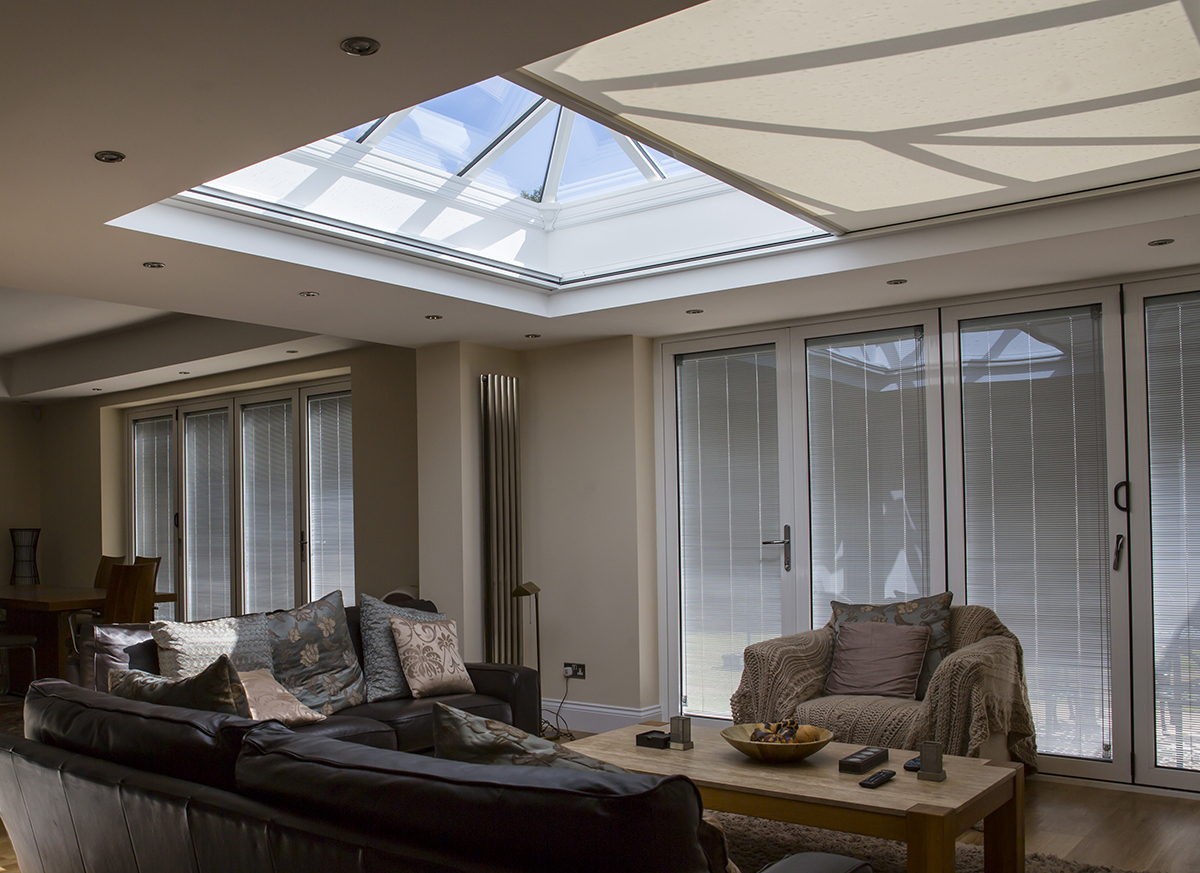
Your Partner for High-Performance Green Buildings
Meeting the UK's ambitious green building goals requires effective, proven solutions that move beyond basic principles towards measurable performance. High-performance external solar shading is a cornerstone technology in this transition, tackling energy consumption, overheating, and occupant comfort simultaneously while respecting the natural environment. Achieving sustainability performance targets set by the United Nations' Sustainable Development Goals requires action across the built environment.
At James Robertshaw, we combine our extensive heritage with modern engineering to provide advanced, automated solar shading systems designed for the specific demands of the UK climate and regulatory landscape. From ensuring Part O compliance in new construction to unlocking energy savings in retrofit projects, our solutions deliver tangible results. We are committed to supporting the industry through research and collaboration, working with partners like the BBSA and facilities like Energy House 2.0. Our focus includes considering the building's life cycle and promoting efficient resource use. While not directly impacting metrics like water consumption or waste water management (important aspects of water efficiency also addressed in green building standards), our products play a vital role in the overall sustainability picture.
Ready to elevate the performance and environmental sustainability of your next project?
Contact our expert team today to discuss your specific green building requirements and discover how James Robertshaw's bespoke solar shading solutions can help you achieve your goals.
................
Disclaimer: Energy savings potential and BREEAM contributions are indicative and depend on specific project details, system specification, and control strategies. Cited research provides context but specific project performance should be evaluated through appropriate modelling.

